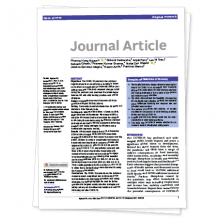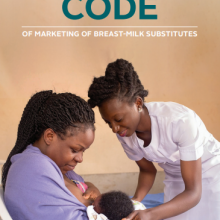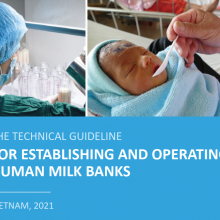Journal article
Mar 31 2022

Violations of International Code of Breast-milk Substitutes (BMS) in commercial settings and media in Bangladesh (Sheikh S, 2022. Maternal & Child Nutrition)
This paper assesses violations of the Code, as well as Bangladesh’s national legislation, in commercial settings in three cities using relevant NetCode protocols and W
Guide/Manual
Feb 09 2022

A Quick Guide: The International Code of Marketing for Breast-milk Substitutes
Updated February 2022!
This quick guide summarizes the International Code of Marketing of Breast-milk Substitutes (The Code) and relevant resolutions of the World Health Assembly that help protect breastfeeding around the globe.
Guide/Manual
Jan 10 2022

Viet Nam Human Milk Bank Guidelines
This document outlines the technical guidelines for establishing and operating Human Milk Banks in Viet Nam, providing a basis for health facilities providing maternity and newborn services.
Journal article
Dec 07 2021

Gaps in the Implementation and Uptake of Maternal Nutrition Interventions in Antenatal Care Services in Bangladesh, Burkina Faso, Ethiopia and India (Sanghvi T., 2021. Maternal & Child Nutrition)
This paper demonstrates that maternal nutrition intervention (MNI) coverage was consistently lower than antenatal care (ANC) coverage in Bangladesh, Burkina Faso, Ethiopia, and India, despite ANC being the largest global platform to deliver MNI.
Journal article
Nov 19 2021

Beliefs and Norms Associated with the Use of Ultra-Processed Commercial Milk Formulas for Pregnant Women in Vietnam (Nutrients, 2021)
Journal article
Nov 01 2021

Screening and management options for severe thinness during pregnancy in India
This paper answers research questions on screening and management of severe thinness in pregnancy, approaches that may potentially work in India, and what more is needed for implementing these approaches at scale.

